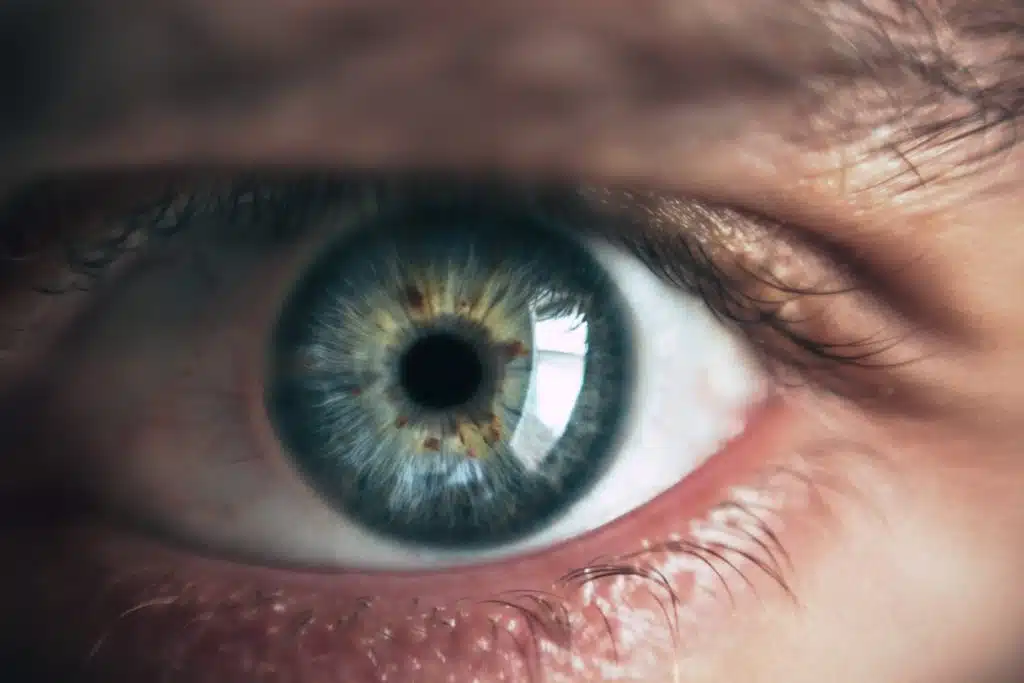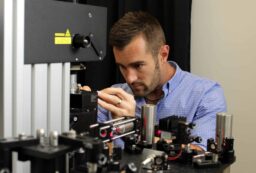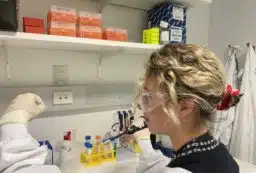Tiny implantable particles could offer a more effective treatment for glaucoma than eye drops, says a Sydney researcher.
Glaucoma affects more than 60 million people worldwide, and is a leading cause of irreversible blindness. With the disease, the channels that normally drain the fluid from inside the eye are blocked, causing high pressure in the eye and leading to progressive loss of vision.
The University of Sydney’s Dr Rona Chandrawati and colleagues at Imperial College London, Duke Eye Center, and Aarhus University are developing these tiny particles—measuring one-millionth of a metre across—that can be used to deliver eye pressure-lowering molecules right at the diseased site, in the right dose and at the right time.
“Currently eye drops are the most common form of glaucoma treatment,” says Rona. “However the challenge with drops is that the patient may forget them, and if they stop using them their eye pressure will increase again.”
The researchers have tested their particles in mice, and found that they were tolerated well following implantation, and reduced eye pressure in comparison to non-treated eyes.
“Our technology has the potential to slow the onset of blindness,” says Rona. “This work takes us one step closer to a better and more effective glaucoma treatment.”
Contact: Rona Chandrawati, University of New South Wales (previously University of Sydney), rona.chandrawati@unsw.edu.au
Banner image: Glaucoma causes high pressure in the eye. (Unsplash CC: Victor Freitas)






 Fresh Science is on hold for 2022. We will be back in 2023.
Fresh Science is on hold for 2022. We will be back in 2023.